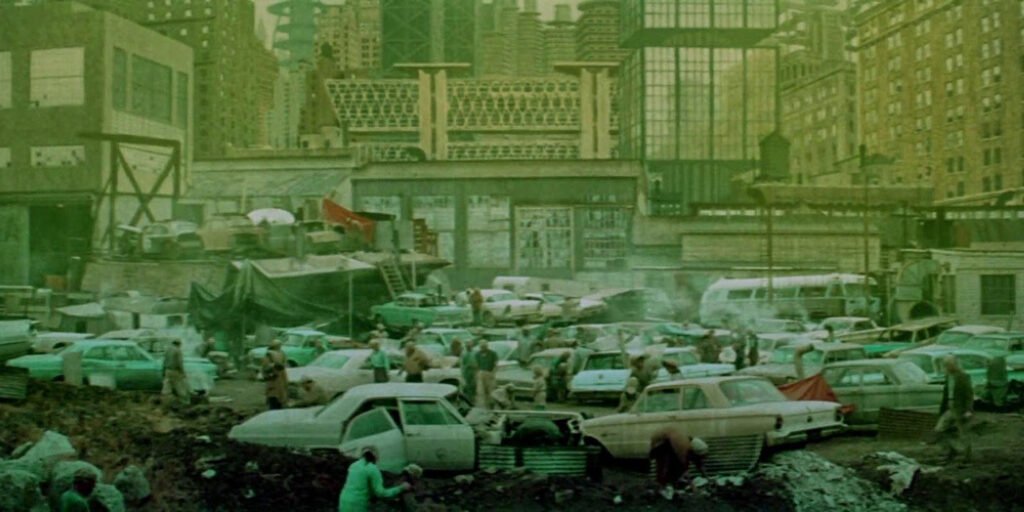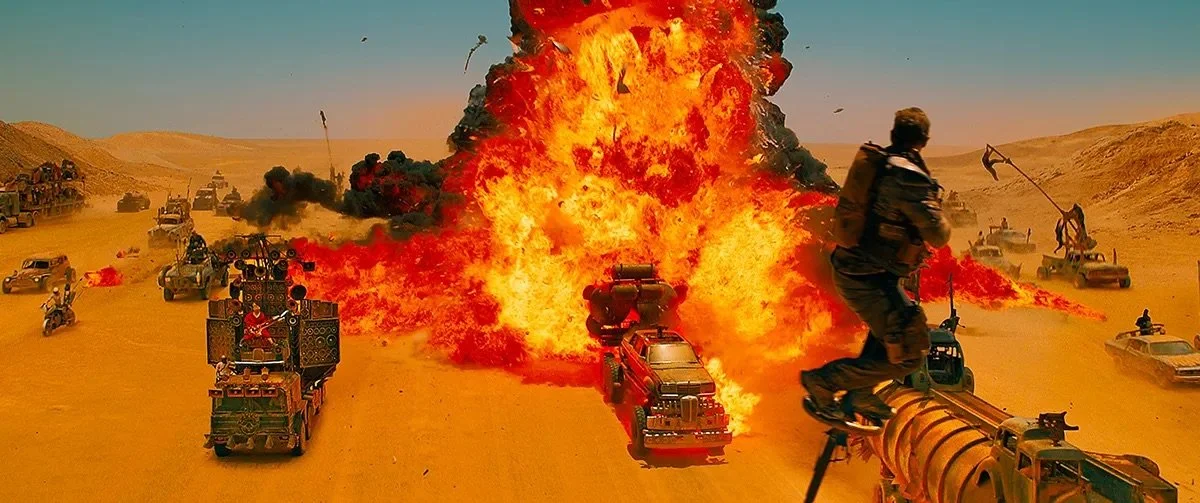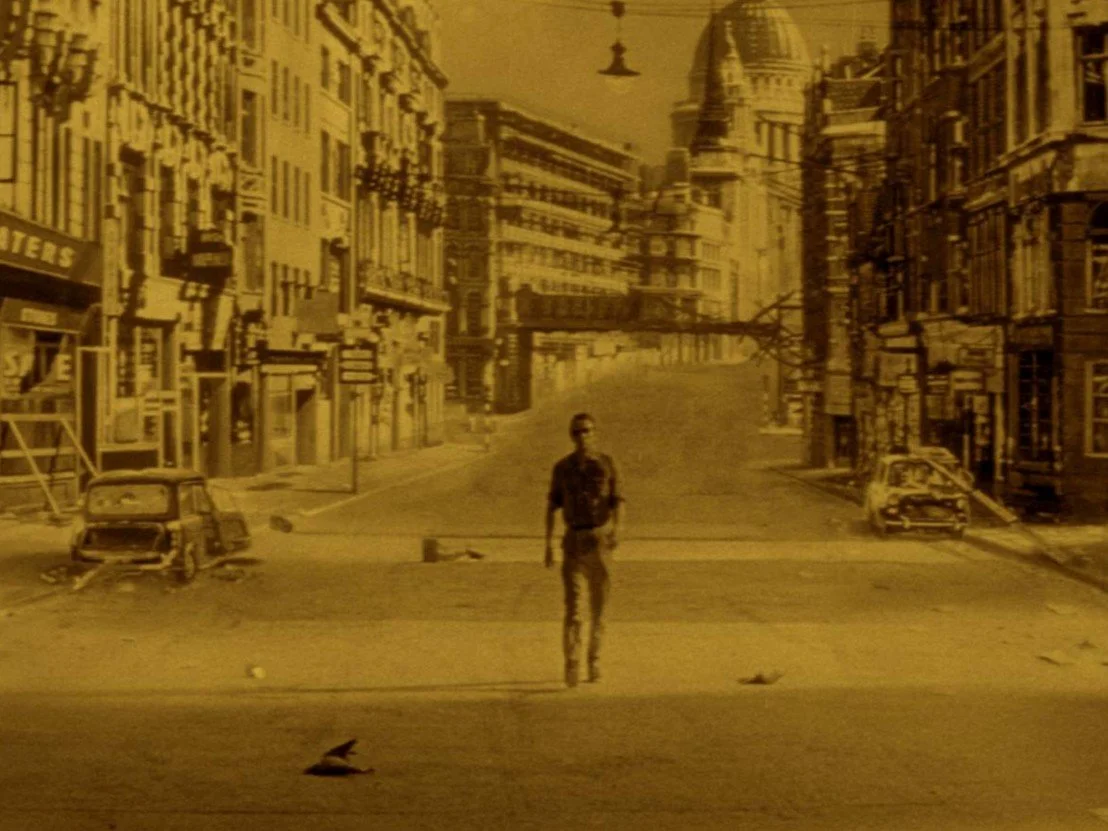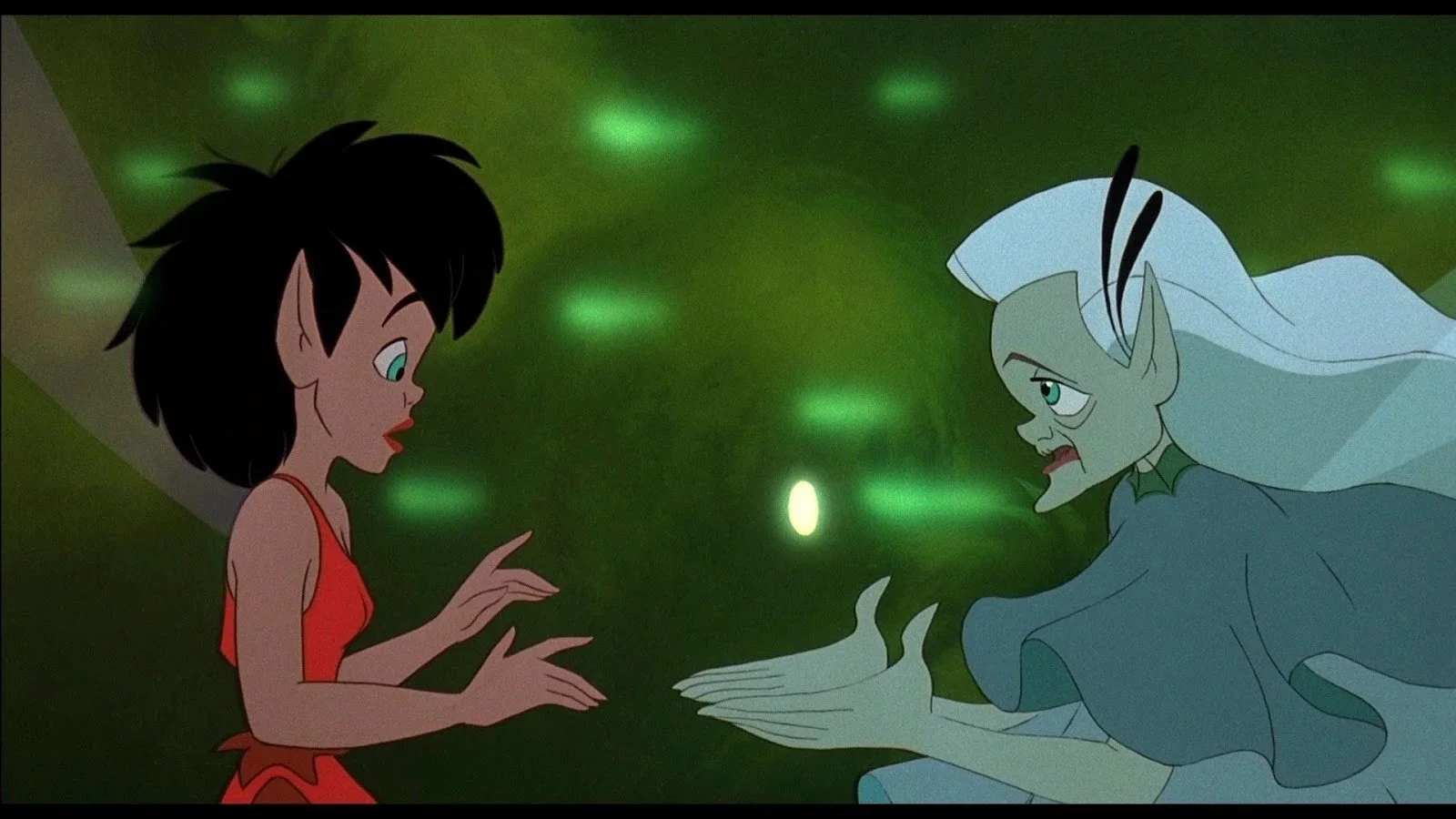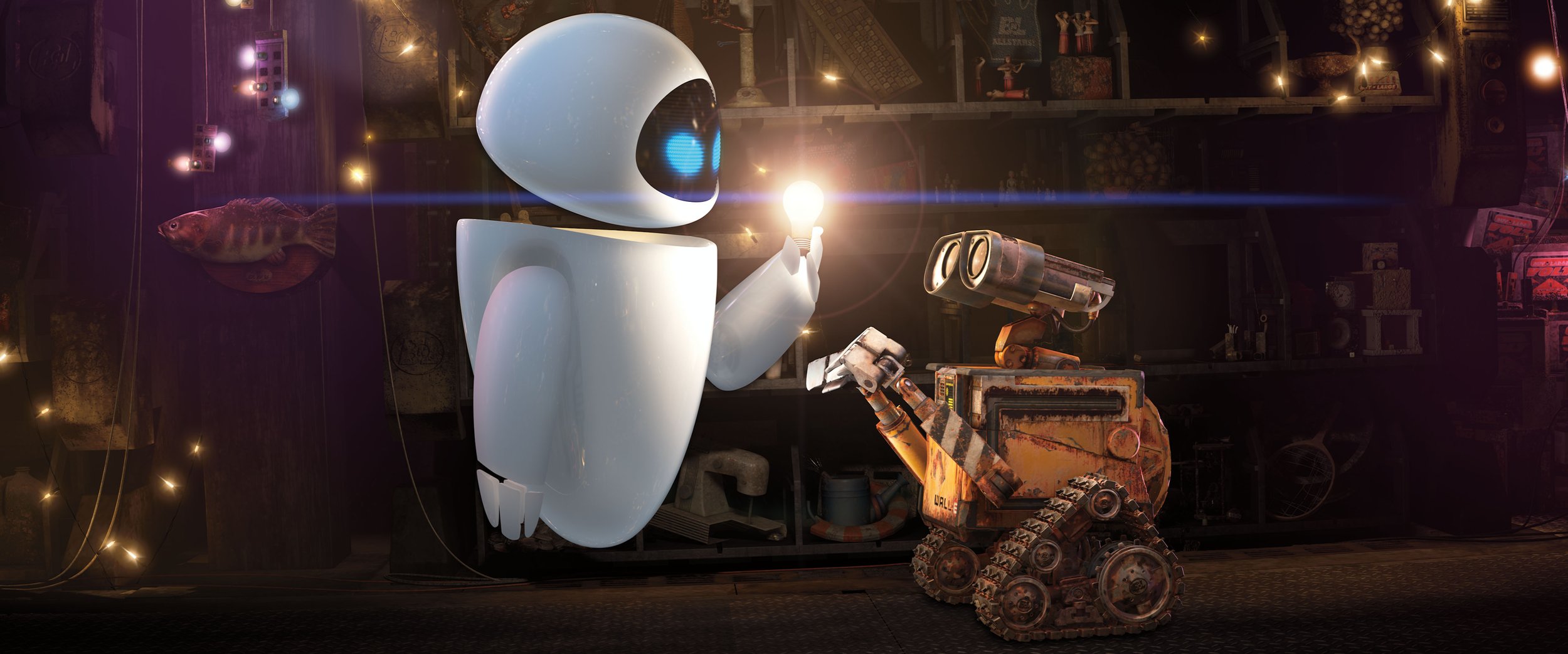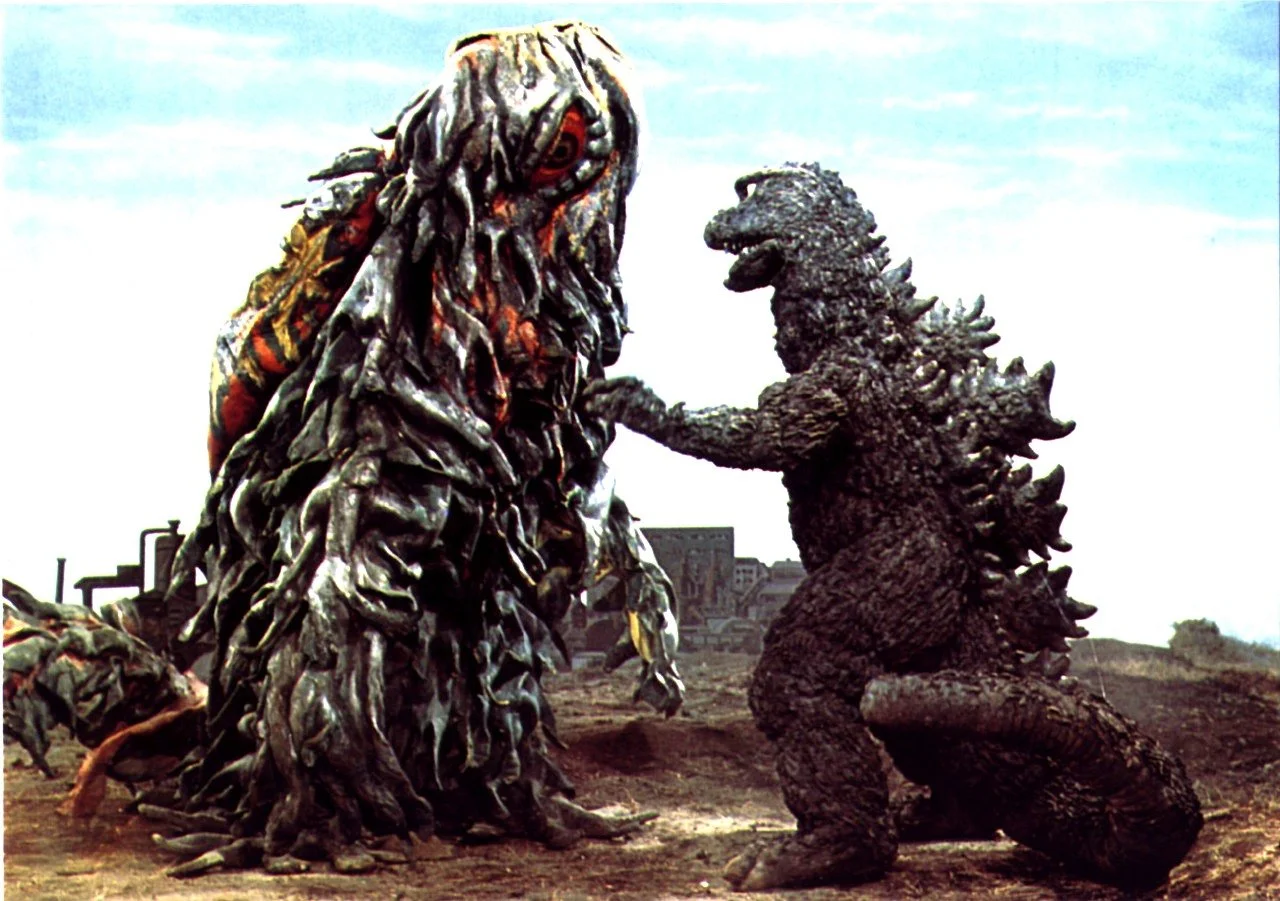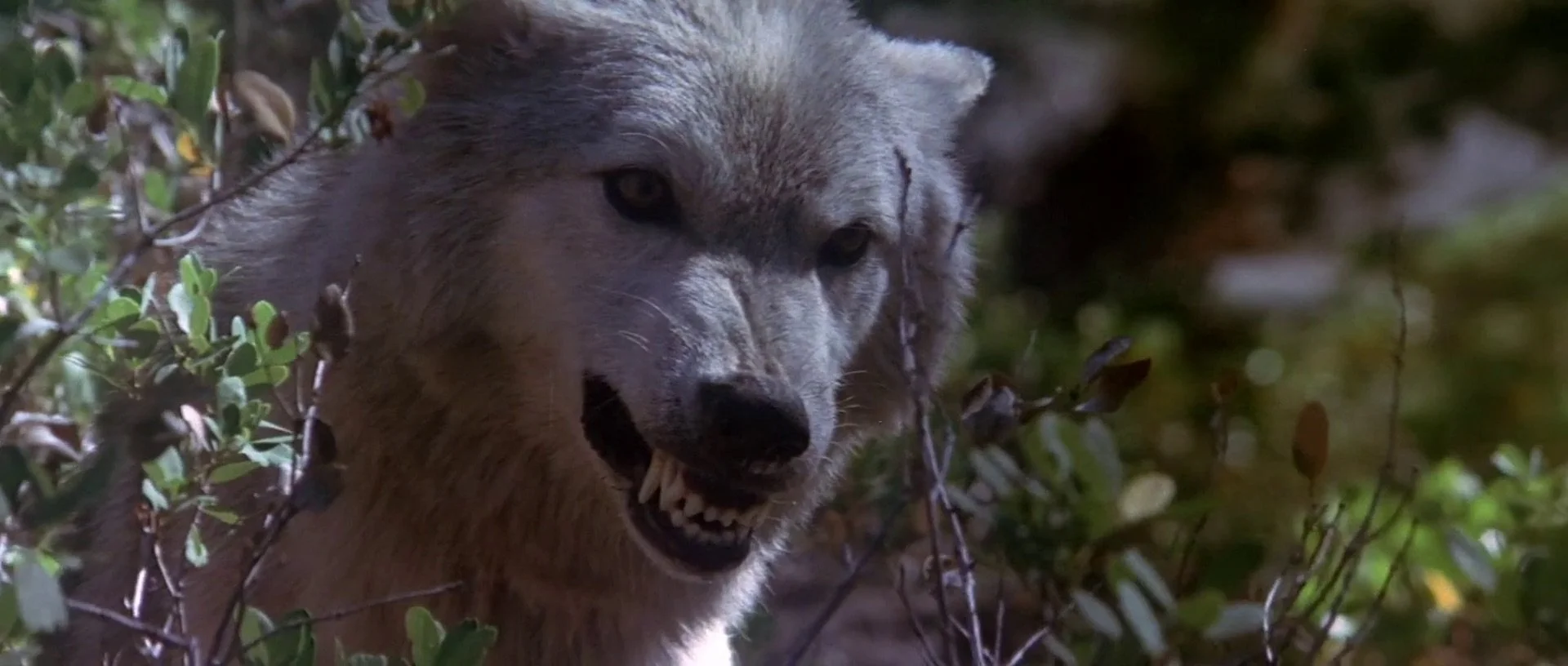Cinematic Distractions for a Difficult Earth Day: A Rundown of 13 Environmental Films
The popular modern environmental movement was born on April 22, 1970. Since that first Earth Day 55 years ago, there have been many hard-won victories to celebrate, along with more than a few setbacks to ponder.
And speaking of setbacks, we are living in perilous times as our current government seems hell-bent on outright eliminating already tenuous environmental protections that help ensure the health of the planet and its inhabitants. The powers that be are going so far as to attempt to bring back antiquated and destructive practices like reviving coal production, selling off public lands, stripping protections from forests and ocean life, and cutting already inadequate climate-based regulations. All this to serve corporate interests and in some instances seemingly out of plain old spite. Sigh . . .
There are no two ways about it: the news on the environmental protection front is depressing. So, join us for a little, shall we say—diversion? as we run down 13 (mostly) science fiction films that are very much on topic. The hypothetical threats imagined in the following films run the gamut from our ability to feed ourselves, breathe clean air, drink clean water, reproduce, and maintain our position at the top of the food chain. One thing all these films have in common is that some or all forms of life on earth are in jeopardy and, in most instances, the cause is us.
A disclaimer: the science floated in these movies ranges from completely wacky to relatively well founded, so take it all with a grain of salt and have some fun.
Soylent Green (1973)
It is 2022 and New York City is suffering from the devastating effects of anthropogenic climate change, overpopulation, and overall ecological collapse. This dystopian sci-fi thriller stars Charlton Heston as an NYPD detective investigating a murder that appears linked to the Soylent Corporation, the company behind the mysterious wafer-like food that most of New York’s citizenry subsist on. Soylent Green is a decidedly bleak film that benefits from Edward G. Robison’s poignant and soulful performance as a scholar old enough to remember a beautiful planet earth where food could be grown and nature was revered.
Soylent Green
No Blade of Grass (1970)
The world’s crops are dying off due to a mysterious blight targeting wheat and rice on which much of the planet’s population survives. As rioting and chaos envelopes London, a family escapes the city for the relative safety of the countryside, only to encounter savage bands of humans bent on rape, murder, and mayhem. This environmental film, based on a 1956 novel by Sam Youd (pen name John Christopher), boasts heavy exploitation sensibilities and presents a dim view of humanity once it’s stripped of laws and resources. Themes in this film are shared by many other post-apocalyptic cinema such as the Mad Max films and contemporary shows such as The Walking Dead.
No Blade of Grass
Mad Max: Fury Road (2015)
Nearly 10 years ago this long-awaited fourth installment of George Miller’s Mad Max series hit filmgoers like a blast of adrenaline with a shot of nitrous oxide. The post-apocalyptic setting is once-green earth reduced to mostly barren desert where sources of fresh water are scarce. This would typically be a depressing affair but the positively charged energy of the narrative, excellent practical effects and stunts, brilliant pops of color, inspired heroine, and audacious action set pieces equal pure cinematic joy.
Mad Max: Fury Road
The Day the Earth Caught Fire (1961)
Simultaneous U.S. and Russian nuclear weapon tests at the North and South poles knock the Earth off its axis, moving it inexorably closer to the sun and triggering a frightening series of events. While there might be plenty of holes one could poke in the sensational premise, one should not dismiss this excellent sci-fi/disaster film that is very grounded in its approach. The film stars Edward Judd as Peter Stenning, a cynical and weary reporter who teams up with a conscientious weather forecaster, Jeannie Craig (Janet Munro), to get the real scoop. The film is an excellent U.K. production directed by Val Guest, who also gave us a wonderful trifecta of sci-fi films for Hammer Studios, including The Quatermass Xperiment (1955), The Abominable Snowman (1957), and Quatermass II (1957).
The Day the Earth Caught Fire
Prophecy (1979)
A health inspector, Dr. Robert Verne, is sent on an assignment by the E.P.A. to the forests of Maine to write a report as part of an investigation into a lumber mill’s impact on the local environment. The local native American tribe contends the mill is poisoning its waters and mutating the area’s fish and animals. They have quite a bit of proof, including a huge enraged mutated bear that begins wreaking bloody havoc on the locals. This film fits snugly in the nature run amok/nature’s revenge/eco horror subgenre that exploded in the 1970s. It’s a flawed film (yes we know the bear can look a bit derpy at times), but we also think it’s a good bit of fun!
Prophecy
FernGully: The Last Rainforest (1992)
The rainforest of FernGully is threatened with destruction from human logging and a gleefully malevolent entity called Hexxus (voiced by the incomparable Tim Curry) who feeds off pollution. A community of forest fairies led by Crysta and her elder sage teacher Magi must find a way to survive with pluck and a bit of magic. This is a charming animated feature that wears its pro environmental sensibilities on its sleeve. Also listen for the late Robin Williams as the voice of Batty Coda.
FernGully: The Last Rainforest
Interstellar (2014)
A global blight is causing earth to be uninhabitable, compelling NASA scientists to use a wormhole to explore new planets to where humanity may relocate. While Christopher Nolan’s film delves into theoretical physics, black holes, and astrophysics, it also centers a powerful human story of a father-daughter relationship where the two are separated, quite literally, by space and time. From what I understand, the physics is well founded in some instances while stretched in others. No matter, this is a pretty potent and mind-expanding entry in high-concept science fiction that is worth checking out.
Interstellar
Silent Running (1972)
In the future all botanical life on earth is extinct. Ecologist Freeman Lowell (Bruce Dern) and a handful of others operate on one of three giant spaceships with large domes to protect flora that once thrived on earth, preserving them for future generations. Lowell feels a real kinship with the plants, animals, and his adorable trio of robot helpers Huey, Dewey, and Louie. This is one of the seminal environmental films of the 1970s and the directorial debut of Douglas Trumbull, known for his groundbreaking practical special effects work on classic science fiction films such as 2001: A Space Odyssey (1968), Close Encounters of the Third Kind (1977), Star Trek: The Motion Picture (1979), and Blade Runner (1982). Some may scoff at the “crunchy” sensibilities of this film, but we at Concentric Cinema embrace its earnestness.
Silent Running
WALL-E (2008)
This PIXAR feature is the story of one lonely robot left on a planet earth that was literally trashed and abandoned by mega corporations and ravenous human consumers. The Waste Allocation Load Lifter Earth-class, a.k.a. WALL-E is a scrappy garbage collector/compacter who busies himself with his prime directive: compressing and stacking giant cubes of garbage. The quirky and seemingly sentient WALL-E befriends the far sleeker and more sophisticated robot EVE, whose prime directive is searching for organic life on earth. The two become an unlikely team and embark on an adventure that takes them to the space cruiseliner The Axiom, whose passengers have lazed and gorged themselves into near immobility. This wonderful film features smart and cheeky satire, classic sci-fi references, and lots of heart.
WALL-E
Godzilla vs The Smog Monster a.k.a. Godzilla vs Hedorah (1971)
This one and only arthouse Godzilla film blends sci-fi, horror, psychedelic imagery, split screens, animation, and a flying Godzilla. I adore this Showa-era kaiju film with its unique brand of bonkers and unequivocal anti-pollution messaging. Godzilla is really up against it in this one, as he faces a monster that continues to take new forms and add to its toxic bag of tricks. If you are someone who appreciates lots of monster brawling, this is a good one to catch as Hedorah and Godzilla really go at it in quite a few sequences. Lastly this film has a groovy theme song, “Save the Earth,” that takes us in and out of the film. I mean what’s not to like?!
Godzilla vs The Smog Monster
Children of Men (2006)
Set in the year 2027, this is an extremely dour dystopian sci-fi thriller about global infertility that threatens to render humankind extinct. A weary former activist finds himself in the unlikely mission of helping usher the one pregnant woman on the planet to a sanctuary as civil unrest, violence, and guerilla warfare unfolds all around. Points to recommend: spectacular cast, compelling story, and striking cinematography, including several scenes captured through long, seemingly continuous takes that put the viewer right in the action.
Children of Men
Day of the Animals (1977)
Depletion of Earth’s ozone layer somehow causes all animals living above 5,000 feet above sea level to become aggressive and violent, which is particularly bad news for an extremely unfortunate group of tourist hikers in the high Sierra mountains. This film is another entry in the nature-strikes-back cinema popular in the 1970s. It is a wackadoo story with an uneven ensemble cast but also a quite a hoot. Plus, it features a raving mad Leslie Nielsen wrestling a bear—that alone is worth the price of admission. Director William Girdler also brought us the on-the-nose Jaws exploitation film Grizzly (1975) and The Manitou (1978). Sadly, he was taken too soon, barely 30 when he died in a plane crash in the Philippines.
Day of the Animals
Sunshine (2007)
An international team of astronauts and scientists embark on a desperate mission to revive a dying sun by detonating a nuclear fission bomb. The stakes are incredibly high as the earth faces a permanent ice age that would wipe out most of life on the planet. This Danny Boyle-directed sci-fi/horror gem features many harrowing twists, turns, some dazzling visual effects, and a huge third-act monkey wrench thrown into the crew’s already complicated plan. The film also features a reunion of director Boyle and actor Cillian Murphy, who made movie magic together five years earlier with 28 Days Later (2002).
Sunshine
So, by all means, check out this list. I am quite certain we will be covering most if not all of these films in more depth down the road. In the meantime, visit earthday.org to learn about the mission is to “broaden, educate and activate” the worldwide environmental movement. Lord knows there is much to do!


